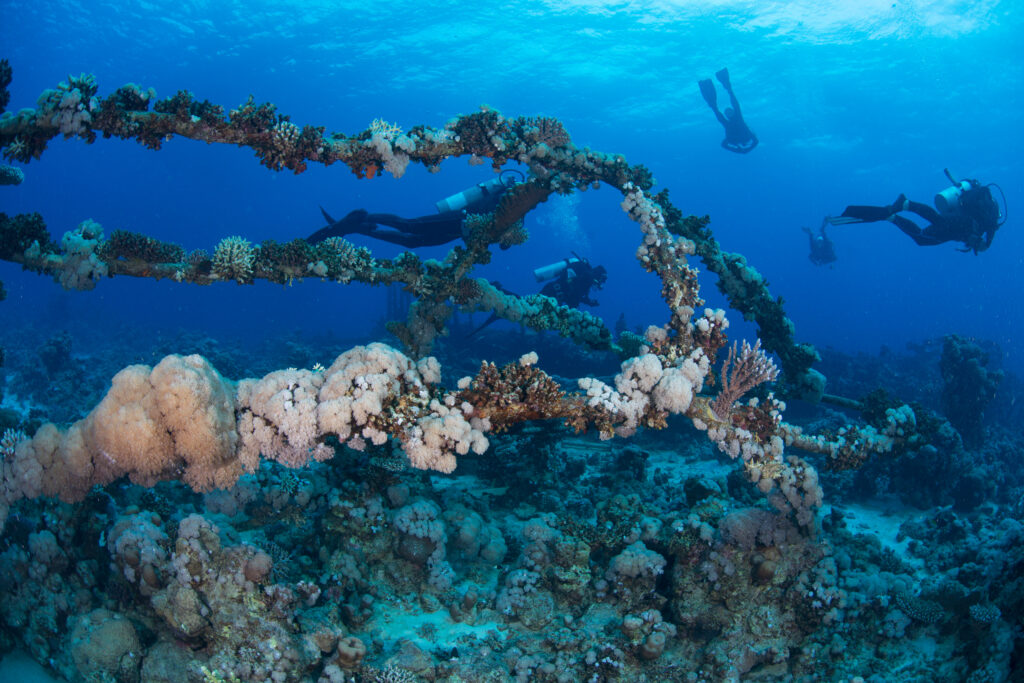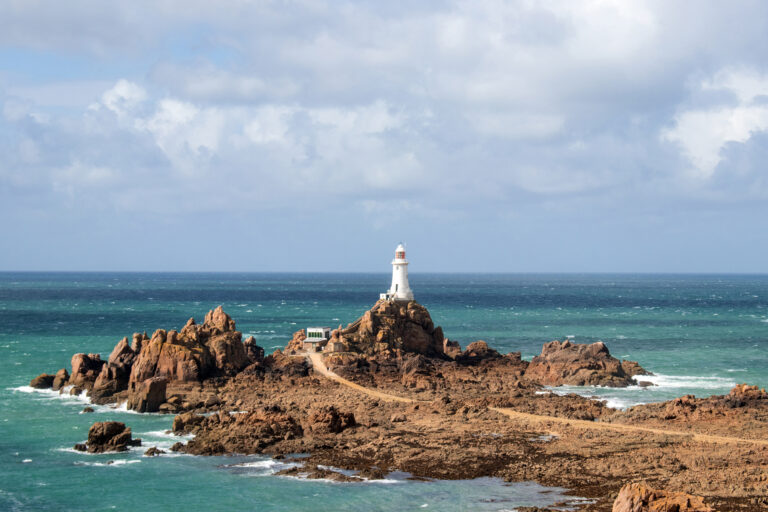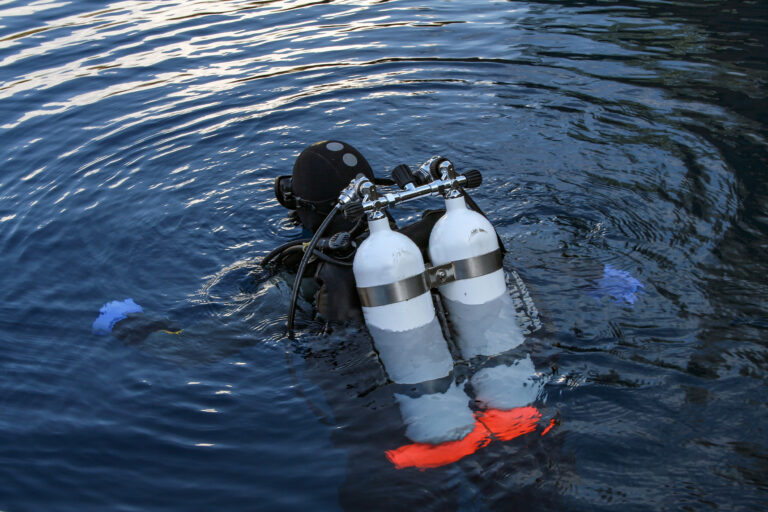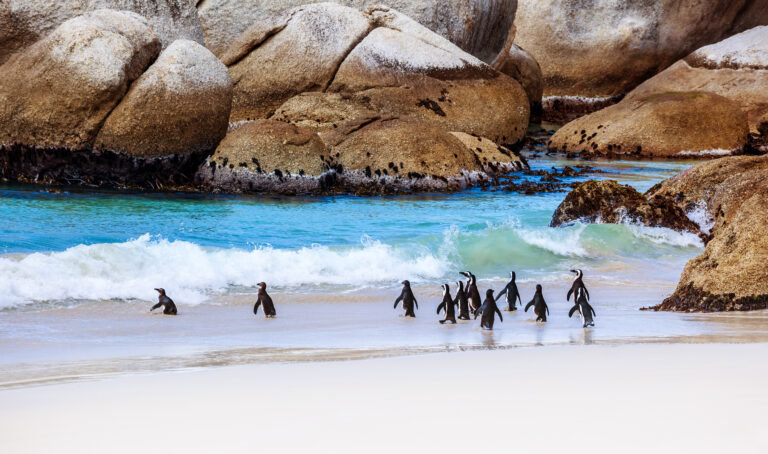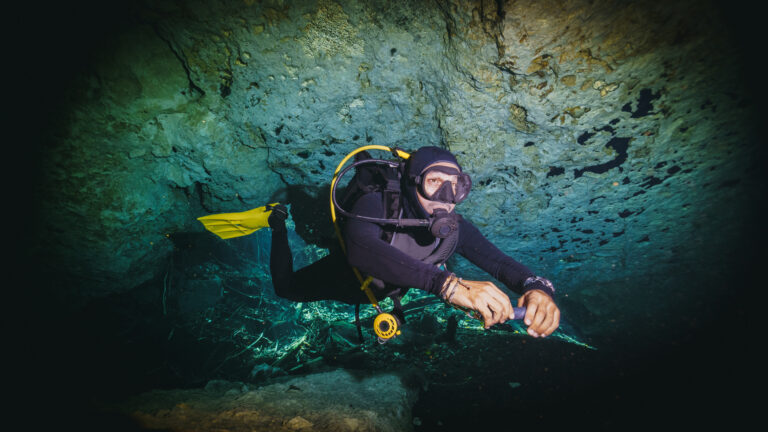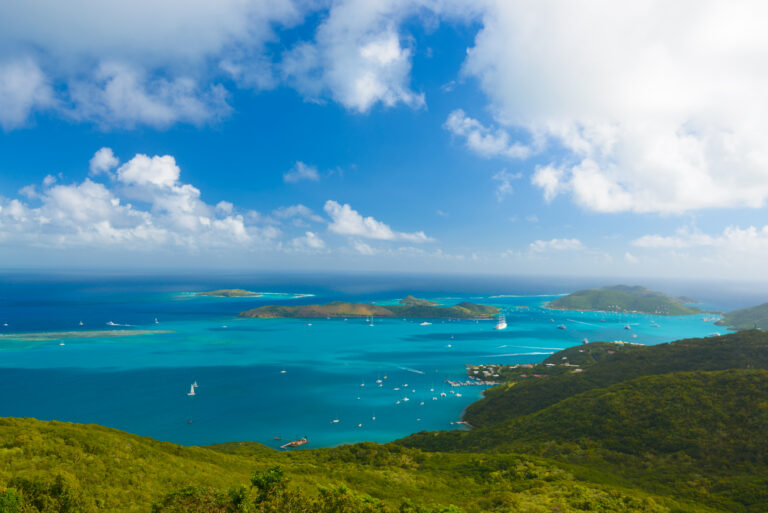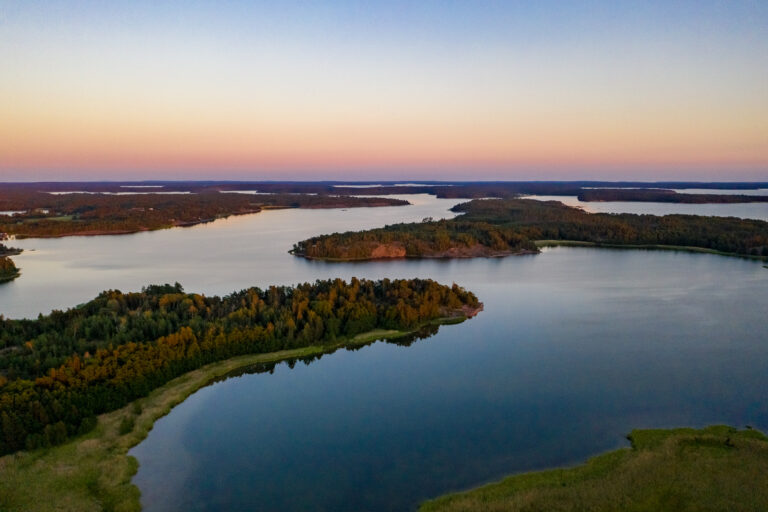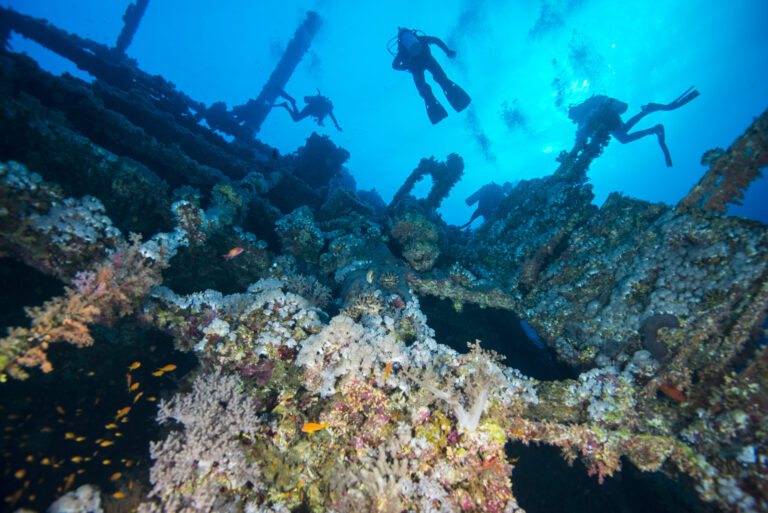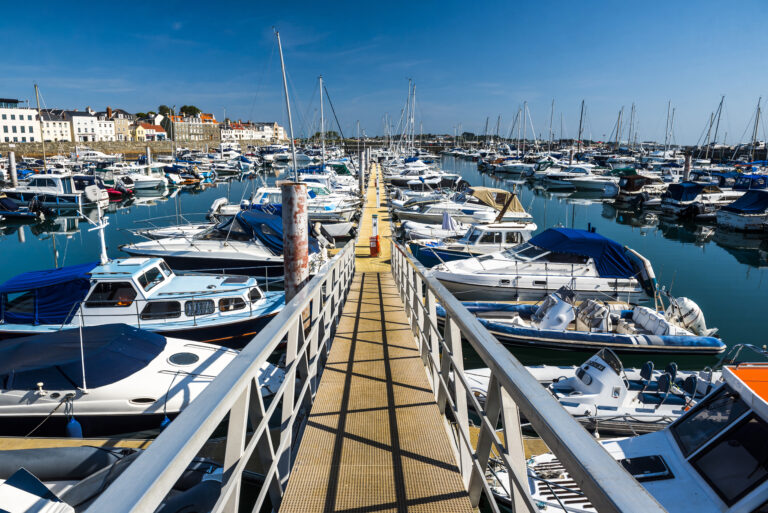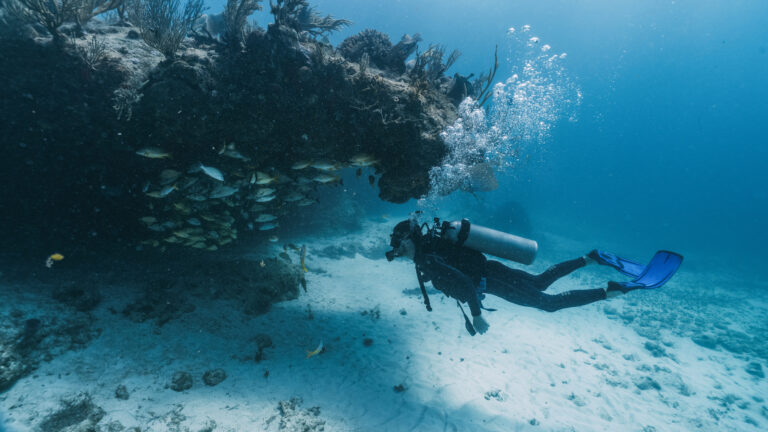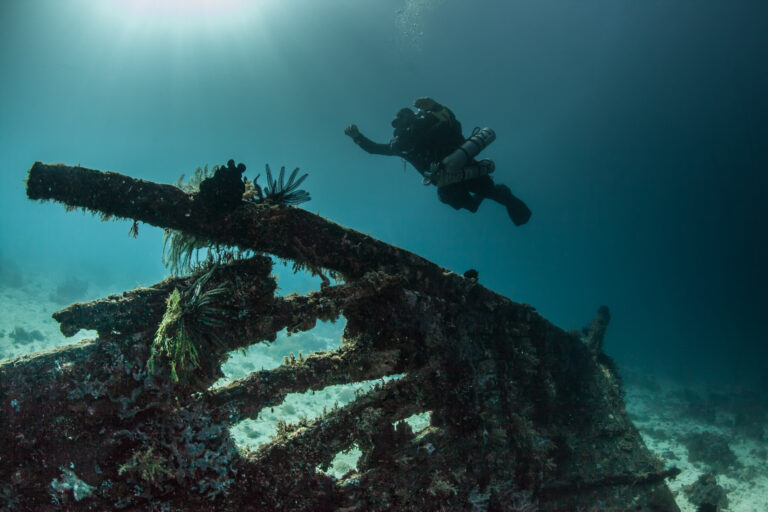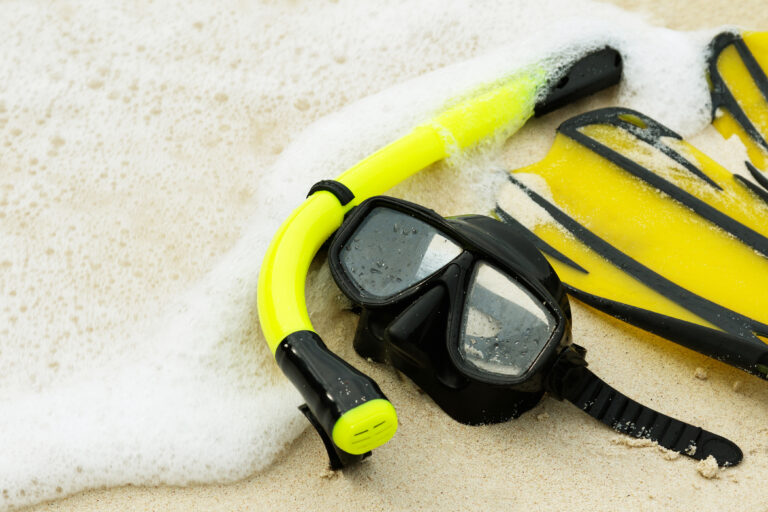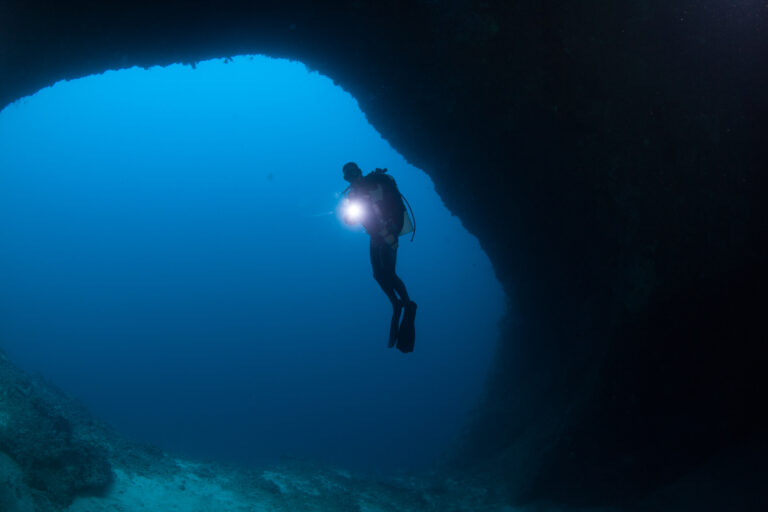SCUBA DIVERS’ TRAVEL GUIDE TO Estonia
If you’re looking for a unique and adventurous scuba diving destination, Estonia might be the perfect choice for you. Estonia is a country in Northern Europe, bordering the Baltic Sea and the Gulf of Finland. It has a rich and diverse history, culture, and nature that will fascinate any traveler.
Estonia’s waters are home to hundreds of shipwrecks, some dating back to the medieval times, others from the World Wars. These wrecks offer a glimpse into the past and a challenge for technical divers who want to explore them. You can also dive in Rummu Quarry, a former prison site that is now flooded with clear blue water and submerged buildings, machinery, and even a forest. Rummu Quarry is an underwater museum that will amaze you with its eerie beauty.
Estonia’s marine life is also diverse and interesting, with species such as flounder, pouting, sea bass, flatfish, lumpsucker, and monkfish. You can also encounter seals, dolphins, and whales in some areas. Estonia’s diving season is from May to October, but you can also dive in winter if you’re brave enough to face the ice.
Estonia is a scuba diving destination that will surprise you with its variety and charm. It’s a place where you can dive into history, nature, and adventure. Don’t miss this opportunity to discover Estonia’s underwater wonders.
LOCATION AND GEOGRAPHY
Estonia, nestled in the northeastern corner of Europe, offers a unique scuba diving experience due to its location along the Baltic Sea’s eastern coast. The country’s geography is characterized by a lengthy, indented coastline stretching over 3,800 kilometers, dotted with numerous islands, islets, and laid-back coastal towns. The underwater terrain is intriguing, with a mix of sandy bottoms, rocky outcrops, and seagrass meadows, providing habitats for a variety of marine life. Divers in Estonia are often drawn to the historical shipwrecks that pepper the seabed, remnants of the region’s rich maritime history. The brackish waters of the Baltic are less saline than the open ocean, resulting in lower visibility but a unique ecosystem. With dive sites accessible from the mainland and the larger islands like Saaremaa and Hiiumaa, Estonia’s underwater landscapes offer a blend of natural and historical intrigue, making it a distinctive destination for divers seeking a blend of exploration and adventure in Northern Europe.
VISA AND ENTRY REQUIREMENTS
Before planning your underwater adventure in Estonia, it’s essential to understand the visa and entry requirements. Estonia is a member of the European Union and the Schengen Area, which allows for passport-free travel for citizens of other Schengen countries. Travelers from non-Schengen countries will need to present a valid passport upon entry, and depending on their nationality, may require a Schengen visa. This visa permits travel within the Schengen Zone for up to 90 days within a 180-day period for tourism, including scuba diving excursions. Visitors from countries like the United States, Canada, Australia, and Japan do not need a visa for short stays. It’s important to check the latest visa requirements with the Estonian Ministry of Foreign Affairs or your local Estonian consulate well in advance of your trip, as regulations can change. Additionally, ensure that your passport is valid for at least three months beyond your planned departure date from the Schengen area. Always carry identification and travel documents with you, as random document checks are possible, and keep in mind that separate permits may be required for specific marine areas or protected sites.
GETTING TO Estonia
Getting to Estonia for an underwater adventure is a straightforward endeavor, thanks to its well-connected transportation network. This Northern European gem is accessible by air, with the Lennart Meri Tallinn Airport serving as the main international gateway, offering flights from numerous European cities. For those preferring an overland journey, Estonia is well-linked by bus and train services from neighboring countries such as Latvia, Russia, and Finland. Additionally, ferries from Helsinki, Stockholm, and St. Petersburg regularly dock at Estonian ports, providing a scenic route across the Baltic Sea. Once in Estonia, divers can easily reach coastal towns like Pärnu or the islands of Saaremaa and Hiiumaa, where the brackish waters of the Baltic hide a trove of submerged treasures, from historical shipwrecks to vibrant marine ecosystems, all waiting to be explored.
BEST TIME TO DIVE
The best time to scuba dive in Estonia is during the summer months, from late June to early September, when the Baltic Sea’s temperatures are more comfortable, ranging from 16°C to 20°C (61°F to 68°F). During this period, the daylight hours are extended due to Estonia’s northern latitude, providing ample time for underwater exploration. Visibility can vary but is generally better in the summer, ranging from 3 to 10 meters (10 to 33 feet), depending on the location and weather conditions. Divers should be aware that even in summer, the water can be quite cool, so a drysuit or a thick wetsuit is recommended for thermal protection. Outside of the summer season, diving is still possible for those prepared to face colder conditions, but the experience is generally reserved for more experienced divers with appropriate cold-water gear.
ACCOMMODATION OPTIONS
Accommodation options for scuba divers in Estonia range from cozy guesthouses to modern hotels, catering to a variety of preferences and budgets. In the capital, Tallinn, divers can find a multitude of comfortable stays with easy access to dive shops and the historic city center. For those venturing to the more remote dive sites along Estonia’s extensive coastline or on its many islands, such as Saaremaa or Hiiumaa, there are charming bed and breakfasts, seaside cottages, and even eco-friendly lodges that offer a serene retreat after a day underwater. These accommodations often provide facilities to clean and dry equipment, and some may even arrange boat trips to nearby wrecks or natural underwater features. Whether you’re looking for the convenience of a city hotel or the tranquility of a rural stay, Estonia’s range of accommodations ensures that divers can rest comfortably and wake up refreshed, ready for their next Baltic adventure.
DIVE OPERATORS AND DIVE SHOPS
Estonia, with its intriguing underwater landscapes and historical wrecks, offers a unique diving experience that is best navigated with the expertise of local dive operators and shops. These establishments are well-equipped to cater to both beginners and experienced divers, providing essential services such as equipment rental, air fills, and guided tours. The Baltic Sea’s brackish waters demand specialized knowledge for safe and enjoyable dives, which local dive professionals are adept at providing. They can guide you to Estonia’s most captivating dive sites, including the well-preserved shipwrecks that have become artificial reefs teeming with marine life. Dive shops in Estonia also offer ice diving opportunities during the winter months, for those looking for an extraordinary underwater adventure. With a focus on safety and environmental conservation, Estonian dive operators ensure that your subaquatic exploration is both memorable and responsible, allowing you to fully immerse yourself in the mystique of Estonia’s underwater world.
TRANSPORTATION WITHIN Estonia
In Estonia, transportation options to reach your scuba diving destinations are convenient and varied. The country’s compact size allows for easy travel between dive sites, primarily by road. Car rentals are widely available and offer the most flexibility for divers carrying gear, with well-maintained roads connecting major cities to coastal areas. Public transportation, including buses and trains, provides reliable and affordable services to larger towns near popular diving spots, such as the shipwrecks off the coast of Tallinn or the clear waters of Lake Rummu. However, accessing more secluded dive sites may require a private taxi or a pre-arranged dive shuttle service. For those looking to explore the islands, such as the pristine waters around Saaremaa, ferry services are a scenic and efficient way to traverse the Baltic Sea. Always remember to check schedules in advance, especially outside of peak tourist season, to ensure smooth connections to your underwater adventures in Estonia.
CURRENCY AND PAYMENT METHODS
When planning a scuba diving trip to Estonia, it’s important to note that the official currency is the Euro (EUR). Credit and debit cards are widely accepted in cities and towns, with Visa and MasterCard being the most commonly used. However, when visiting remote dive sites or smaller establishments, it’s advisable to carry cash as some may not accept card payments. ATMs are readily available in urban areas, but less so in rural regions, so it’s prudent to withdraw enough cash before heading out to more secluded dive spots. While diving operators may accept advance payments through bank transfers or online payment platforms, it’s always best to confirm the preferred payment method beforehand. Keep in mind that tipping for good service is appreciated, though not mandatory, and is typically done in cash.
LANGUAGE AND COMMUNICATION
When diving in Estonia, communication underwater follows the universal hand signals used by divers around the world, ensuring that even if you’re diving with locals or international visitors, everyone can understand each other beneath the waves. Above the surface, the official language is Estonian, a Finno-Ugric language that is quite distinct from the Indo-European languages spoken in most of Europe. While Estonian may seem daunting to non-speakers, English is widely spoken within the diving community, especially by instructors and guides who are accustomed to welcoming international visitors. Russian is also commonly understood, particularly by the older generation. It’s always appreciated if you learn a few basic Estonian phrases, such as “Tere!” (Hello), “Aitäh!” (Thank you), and “Palun” (Please), to show respect for the local culture. Dive shops and boat operators often provide briefings in English, and safety instructions are clearly communicated to ensure a safe and enjoyable experience for everyone.
LOCAL CULTURE AND ATTRACTIONS
Estonia, a hidden gem nestled on the shores of the Baltic Sea, offers a unique blend of local culture and attractions that extend beyond its underwater treasures. After a day of exploring the submerged remnants of shipwrecks and observing the surprisingly diverse marine life, divers can immerse themselves in Estonia’s rich history and vibrant culture. The capital city, Tallinn, with its well-preserved medieval Old Town, is a UNESCO World Heritage site where cobbled streets lead to ancient churches, quaint cafes, and bustling market squares. Visitors can indulge in traditional Estonian cuisine, which often features hearty stews, smoked fish, and black bread, or partake in local craft beer tasting. The country’s extensive forests and national parks offer peaceful retreats and the chance to witness the traditional rural lifestyle, while the numerous festivals throughout the year showcase Estonia’s folk music and dance, providing a glimpse into the soul of this captivating Baltic nation.
CULTURAL ETIQUETTE AND TIPS
When scuba diving in Estonia, it’s important to approach the activity with respect for the local customs and environmental regulations. Estonians value nature and expect visitors to treat their underwater heritage with care. Before diving into the historically rich waters, often dotted with shipwrecks from both world wars, ensure you have the proper permissions, as some sites may be protected. It’s customary to dive with a local guide or dive center, who can provide insights into the cultural significance of dive sites. Be mindful of your interactions with locals and fellow divers, greeting them with a friendly “Tere” (hello) and expressing gratitude with “Aitäh” (thank you). As Estonia experiences cold water temperatures, it’s also considered good etiquette to check in with your dive buddies frequently to ensure everyone’s comfort and safety. Lastly, after a dive, it’s common to share experiences and stories over a warm drink, embracing the communal aspect of the diving culture in Estonia.
LOCAL LAWS AND REGULATIONS RELEVANT TO TOURISTS
When planning a scuba diving trip to Estonia, it is crucial to familiarize yourself with the local laws and regulations to ensure a safe and lawful experience. Diving in Estonia is regulated by the Estonian Maritime Administration, which requires divers to obtain a permit for diving in certain areas, especially in protected or historical sites where shipwrecks are common. It is illegal to disturb or remove any historical artifacts from underwater sites. Divers should also be aware of the regulations regarding environmental protection, as Estonia takes the conservation of its marine ecosystems seriously. This includes adhering to guidelines that prevent the disruption of local flora and fauna. Additionally, all divers must follow safety regulations, such as diving within their certification limits, using appropriate flags to signal their presence to boats, and having a dive plan and a buddy system in place. It is recommended to dive with local dive operators who are familiar with the specific regulations and can provide up-to-date information on any temporary restrictions, such as those due to seasonal wildlife conservation efforts or military exercises in certain areas. Always check with the local dive shops or authorities for the most current information before your dive.
SAFETY TIPS AND EMERGENCY CONTACTS
When planning a scuba diving trip to Estonia, safety should be your top priority. Due to the country’s cooler climate and the Baltic Sea’s unique conditions, it’s essential to be well-prepared for cold water diving, with appropriate thermal protection like a dry suit and proper training. Always dive within your certification limits and ensure your equipment is in good working order. Visibility can vary, so be prepared with a reliable dive light and a compass. It’s crucial to be aware of local currents and to plan your dive with the tides in mind. Before your dive, familiarize yourself with the emergency procedures and local contact numbers. In case of an emergency, the primary contact is the Estonian Maritime Administration, which can be reached at +372 620 5500 for maritime incidents. For medical emergencies, dial the European emergency number 112 to reach ambulance services and ensure prompt medical attention. Additionally, it’s wise to know the location of the nearest hyperbaric chamber, which in Estonia is at the North Estonia Medical Centre in Tallinn, contactable at +372 617 1049. Always dive with a buddy, and inform someone onshore of your dive plan and expected return time. By following these safety tips and having emergency contacts readily available, you can enjoy Estonia’s underwater treasures with peace of mind.
HEALTH AND TRAVEL INSURANCE
When planning a scuba diving trip to Estonia, it’s crucial to consider your health and travel insurance coverage. Given the inherent risks associated with diving, ensure that your policy specifically includes scuba diving activities up to the depths you are certified to explore. The Baltic Sea can be challenging due to its colder temperatures and lower visibility, so coverage for hyperbaric treatment in the event of decompression sickness is a must. Additionally, Estonia’s healthcare facilities may not be as comprehensive in remote diving locations, so a policy that covers medical evacuation to a facility with appropriate treatment capabilities is advisable. Always carry proof of your insurance and understand the procedure for making a claim, as some policies require upfront payment for services rendered. Before your adventure, check for any travel advisories or health notices for Estonia, and ensure your vaccinations are up to date. By being proactive with your health and travel insurance, you can dive into Estonia’s underwater wonders with peace of mind.

